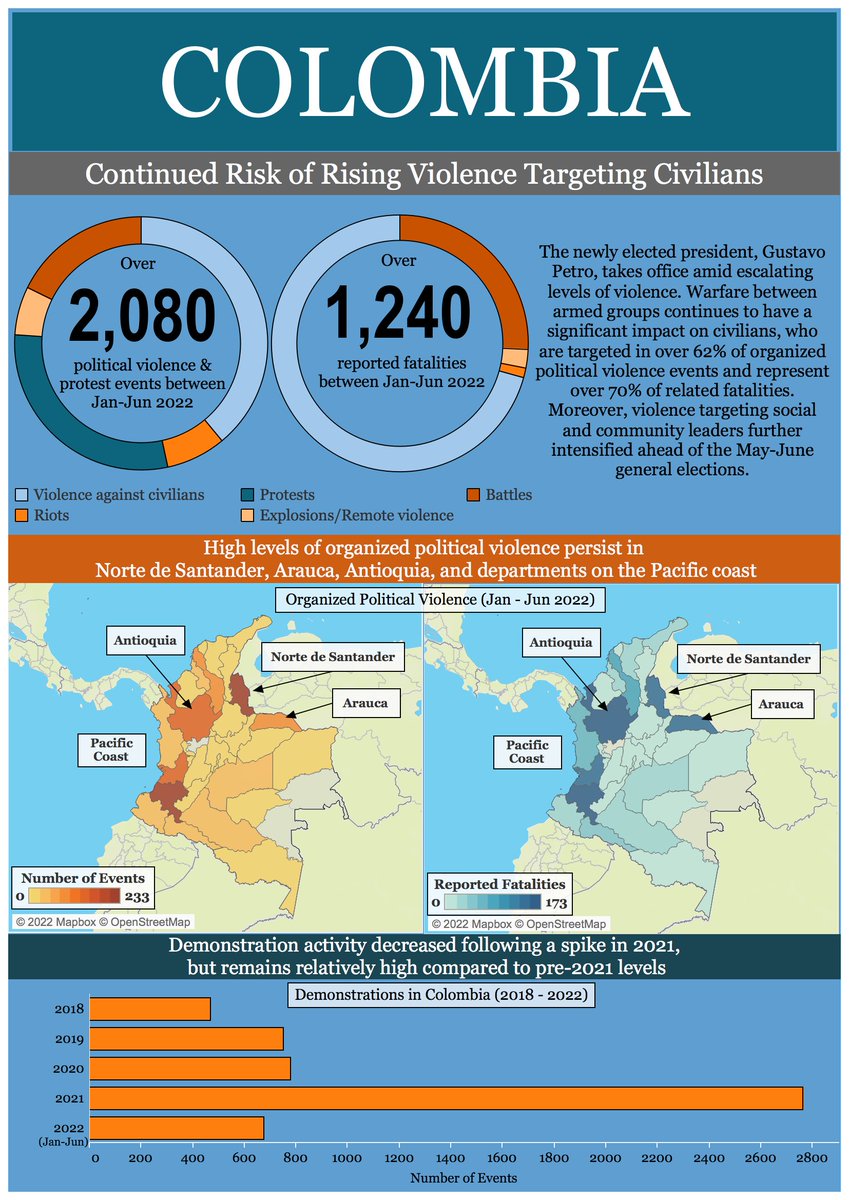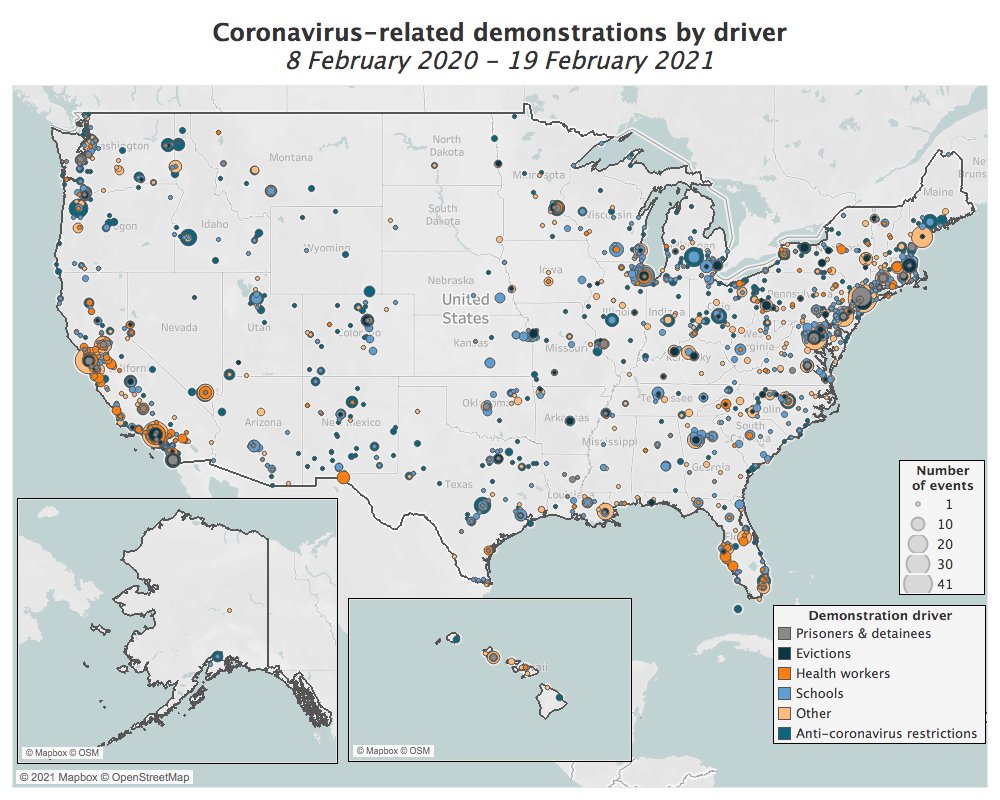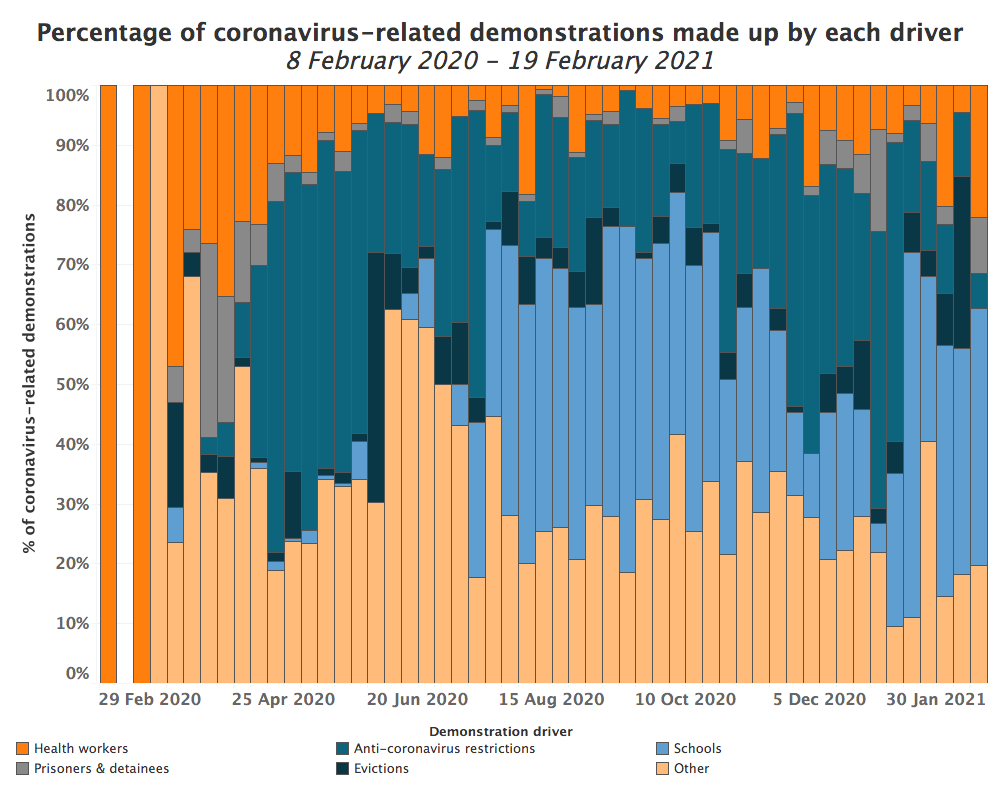
NEW: Our mid-year update on 10 conflicts to worry about in 2022 is out now, featuring analysis of the latest ACLED data and a look at key trends to watch in Ethiopia, Yemen, the Sahel, Nigeria, Afghanistan, Lebanon, Sudan, Haiti, Colombia, and Myanmar 🧵
acleddata.com/10-conflicts-t…
acleddata.com/10-conflicts-t…
While fighting has decreased in the Tigray region of #Ethiopia, insurgencies in the Oromia, Benshangul/Gumuz, and Gambella regions have continued. Total fatalities remain high despite the overall drop in events, driven by multiple mass killings. 

The UN-mediated truce has resulted in an unprecedented drop in overall reported fatalities in #Yemen, with the second quarter of 2022 registering the lowest number since 2015. Still, violence levels remain high in Marib, Sadah, Hajjah, Hodeidah, and Taizz governorates. 

Conflict has only continued to worsen in the #Sahel in 2022, which is currently on track to be the deadliest year for Burkina Faso and Mali since the crisis began more than a decade ago. 

Insecurity intensified throughout #Nigeria during the first half of the year, with a 45% increase in violence targeting civilians compared to the same time period in 2021, resulting in over 2,300 reported fatalities. 

One year since the fall of Kabul, #Afghanistan faces continued fighting between the Taliban and anti-Taliban resistance groups, elevated Islamic State activity, and rising levels of violence against civilians. 

Though demonstrations decreased significantly in #Lebanon during the first half of 2022, political violence events spiked. Amid deteriorating economic conditions, the security situation will likely remain highly volatile through the second half of the year. 

#Sudan continues to face intersecting political and economic challenges in 2022, coinciding with increased violence involving paramilitary forces in peripheral areas as well as ongoing anti-government demonstrations in Khartoum. 

Violence intensified and spread geographically in #Haiti during the first half of 2022, with the emergence of new conflicts between gangs and ongoing attacks on civilians. The number of inter-gang clashes has already nearly matched the number recorded for the entirety of 2021. 

#Colombia’s newly elected president takes office amid escalating levels of violence. The brunt continues to be borne by civilians, who are targeted in over 62% of organized political violence events and represent over 70% of related fatalities. 

Unable to consolidate control, the military junta in #Myanmar continues to resort to extreme violence. During the first half of 2022, more incidents of violence against civilians by state forces operating domestically were reported in Myanmar than any other country in the world. 

And don’t miss our #Ukraine Crisis Hub — a special project dedicated to tracking conflict trends around the country since the beginning of the Russian invasion.
acleddata.com/ukraine-crisis/
acleddata.com/ukraine-crisis/
• • •
Missing some Tweet in this thread? You can try to
force a refresh








